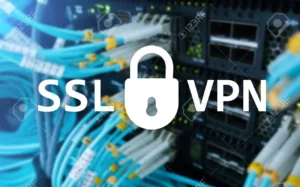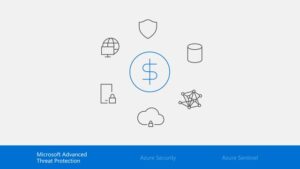SSL VPNs (Secure Socket Layer) are a popular way to ensure the security and privacy of remote network connections. However, it is important to follow some recommended practices to ensure that SSL VPN is safe and effective. In this article, we will present some of the best practices for using SSL VPNs.
The 7 Tips for SSL VPN

SSL VPN Best Practices: 7 Tips to ensure security and effectiveness
Total Time: 10 minutes
Use strong authentication

One of the best practices for ensuring SSL VPN security is to use strong authentication. This can include the use of digital certificates or authentication tokens, which ensure that only authorized users can connect to the VPN. This strong authentication prevents the risk of unauthorized access to network resources.
Use strong and updated encryption

Another recommended practice is to use strong, up-to-date encryption. This includes implementing the TLS 1.3 protocol and encryption algorithms such as AES or SHA-256 to secure data transmission over the VPN. This strong encryption ensures the confidentiality and integrity of the data transmitted over the VPN.
Implement access control measures

To ensure that only authorized users access network resources, it is important to implement access control measures. This can include restricting access to specific network resources and limiting the number of concurrent connections allowed. These measures ensure that only authorized users have access to network resources.
Monitor and log VPN activities

It is important to monitor and log VPN activity to detect and respond to suspicious or malicious activity. Logging VPN activity can help identify unauthorized access attempts and other malicious activity. In addition, VPN monitoring enables organizations to respond quickly to security incidents.
Keep your VPN software up-to-date

To ensure the security of the VPN, it is important to keep the software up to date with the latest security patches. In addition, organizations should perform regular penetration testing to identify potential vulnerabilities in the VPN. These practices help keep the VPN safe and secure from security threats.
Make users aware of good security practices

Users accessing the network via an SSL VPN should be made aware of security best practices, such as password protection and phishing detection. They should also be educated about the security risks associated with remote connection and instructed to follow best practices to minimize these risks.
For example, users should be instructed to protect their passwords by keeping them secure and changing them regularly. They should be encouraged to use strong and different passwords for each service, and to avoid sharing passwords with others.
Users should also be educated about the detection of phishing, a technique used by cybercriminals to trick users into gaining improper access to confidential information. They should be taught to recognize and avoid suspicious emails, phishing sites, and other social engineering techniques.
In addition, organizations should provide clear information on how users can safely use SSL VPN. This may include instruction to avoid using untrusted public Wi-Fi networks, disable file-sharing features, and other good security practices. Providing clear information about security best practices helps ensure that users are aware of the risks associated with remote connection and can adopt safe behaviors to minimize those risks.Create clear and documented policies for SSL VPN usage

Organizations using SSL VPNs should have clear and documented policies to govern the use of these connections. These policies should establish minimum security requirements for users accessing the network via an SSL VPN, and should be reviewed and updated regularly to ensure they comply with security best practices.
Policies should include guidelines for creating secure passwords, strong authentication, using strong encryption, controlling access, monitoring and logging activities, and other security practices. They should also clearly define the organization's expectations for the behavior of users accessing the network via an SSL VPN.
In addition, policies should establish clear procedures for dealing with security breaches and other emergencies. Organizations should have a clear incident response plan that sets out specific actions to be taken in the event of a security breach or other problem.
It is important that policies are communicated clearly and effectively to users. Organizations should educate users about the policies and ensure that they understand their obligations and responsibilities when accessing the network via an SSL VPN. This can include regular training and clear communication of the organization's expectations.
Having clear, documented policies helps organizations ensure that users are aware of the minimum security requirements when accessing the network via an SSL VPN. It also helps ensure that organizations comply with security best practices and can respond quickly to security incidents or other emergencies.
Supply:
- Next Generation Firewall
- Endpoint protection
Tools:
- Security Solution
- Firewall Solution
Materials: Forticlient Endpoint Protection FortiProtect
Conclusion
The use of VPNs SSL can be a secure and effective way to secure a remote connection to the network, but it is important to follow recommended practices to ensure the security and privacy of connections.
In summary, following best practices for using SSL VPNs is essential for protecting your network from security threats. Best practices include strong authentication, up-to-date encryption, access control, activity monitoring and logging, software updates, user awareness, clear and documented policies.
When followed correctly, these practices help ensure that remote connection to the network is secure and effective, minimizing the risk of security breaches or other emergencies. With proper implementation of these practices, organizations can have peace of mind knowing that they are protected from security threats and that users are accessing the network safely and effectively.













